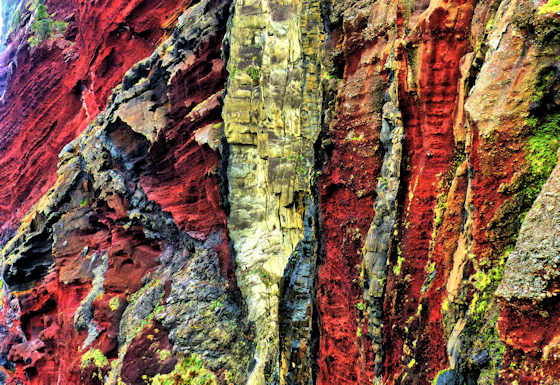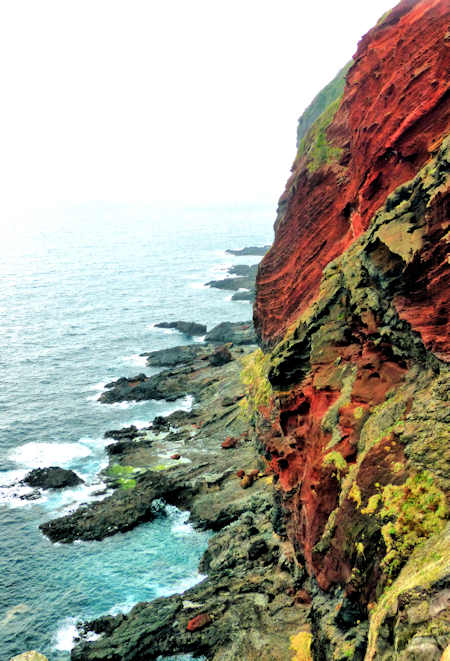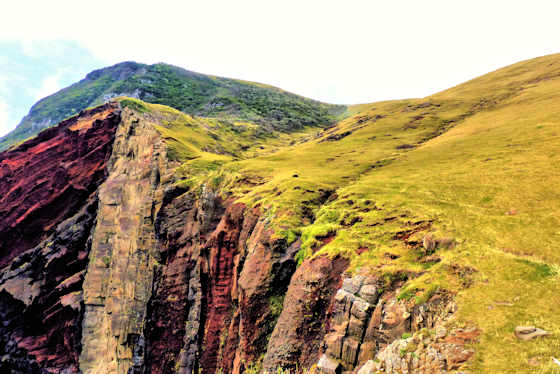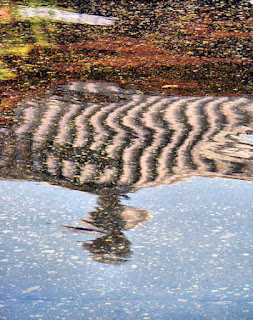Sunday January 5th 2014. Day 56 of my walk around Kyushu on the Kyushu Pilgrimage. This will be the last day where I base myself in Kurume, an interesting town that I had never heard of before coming here but which has been my home away from home as I have explored the region.
As I am walking across the bridge to Nagatoishi on the north side of the river the sun comes up behind me.
I find the first temple, Dainichi-ji, easily enough and it is yet another structure indistinguishable from a house. The ground floor is two open car parking spaces, the second containing some statues and the entrance to the stairs that I presume lead up to the “main hall”.

































































